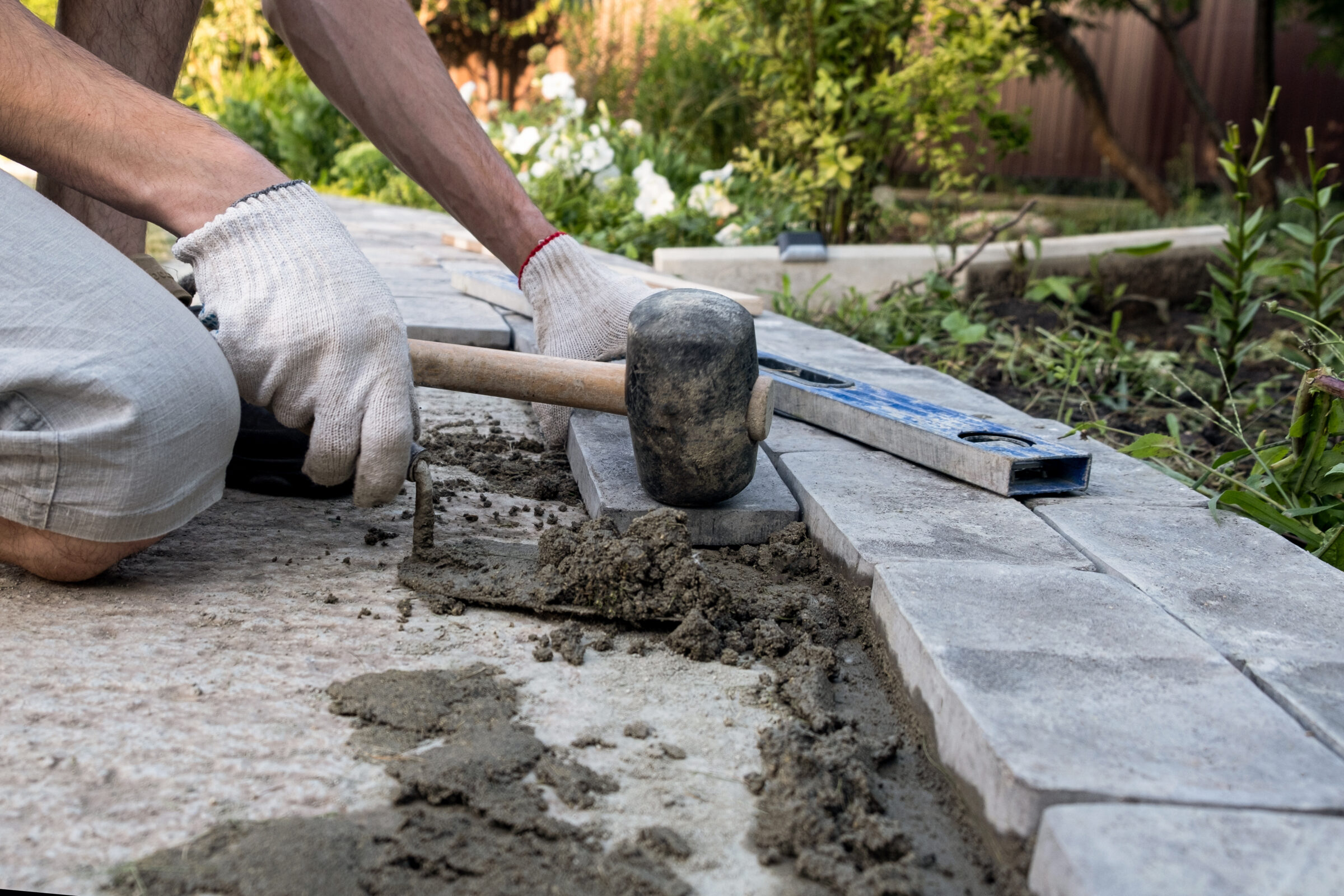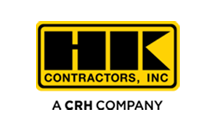Architectural Concrete: DIY Finishing Techniques
January 6, 2025

By combining aesthetic flexibility with strength, architectural concrete has transformed modern design. Understanding the art of polishing concrete will open a world of creative possibilities as its appeal among do-it-yourselfers rises. From simple smoothing to complex stamped designs, perfecting the correct procedures guarantees beautiful, long-lasting results.
Surface Preparation
Every great concrete project starts with painstaking preparation. Eliminating debris, oil, or grease that can damage adhesion requires a complete surface clean-up. Good techniques include specialized degreasers and warm water scrubbing. Repairing cracked or flawed surfaces with concrete patching materials assures a flawless finish. To create the bond for particular finishes, surface profiling—such as etching or grinding—may also be required.
Before starting, moisture content testing is critical since excessive moisture could hinder finishing and curing techniques. Furthermore, weather conditions must also be taken into consideration: excessive heat or cold might influence curing times and wind might cause unbalanced drying.
Basic Tools for Polishing Concrete
Achieving professional-quality results generally depends on making the proper tool investments. Leveling and smoothing the surface requires a float, and alternatives including magnesium and resin floats provide distinct finishes. Excellent for both smoothing and applying decorative finishes, trowels are versatile tools. A broom or texture mat will give textured designs visual depth. Modern tools like concrete rakes and joiners provide control over intricate designs, and tool cleaning maintains their longevity and consistent performance.
Basic Finishing Methods: Elegance Meets Simplicity
Concrete work starts with basic finishing. A proper base for further treatments is created by smoothing with trowels or floats. Popular for outdoor environments, a broom finish consists of dragging a stiff broom across the damp surface to produce slip-resistant surfaces. These coatings not only increase concrete’s usefulness but also give it subtle individuality.
Modern Finishing Methods Improve Appearance
Modern methods infuse architectural concrete with life. Stamped concrete imprints patterns onto the surface while it is still wet, mimicking the appearance of stone, tile, or wood. For driveways, walks, and patios this method is ideal. Often utilized in modern homes, polished concrete—achieved by grinding and buffing—offers a smooth, reflecting surface. Staining with acid or water-based dyes for a rich, dynamic finish, gives those looking for vivid, unique designs limitless options.
Sustainability in DIY Concrete Projects
Architectural concrete offers chances to include environmentally friendly ideas into construction. Using recycled aggregates or introducing colors straight into the mix help to cut waste and improve durability. Moreover, cementitious overlays restore older surfaces without damage, extending the life of the material and conserving resources.
Avoiding Typical Concrete Finishing Mistakes
Working with concrete may pose problems even for seasoned DIY’rs. While improper water-to-cement ratios could cause cracks or uneven curing, overworking the material might reduce its structural integrity. Adequate site preparation reduces the possibility of uneven surfaces by compaction of the sub-base. A successful outcome depends on using the correct tools and following recommended procedures.
Architectural concrete becomes a medium for both practicality and artistry with the right preparation, the correct tools, and mastery of both fundamental and advanced skills. Whether designing stylish modern homes or textured paths, the only limitations are those of creativity. Using these finishing techniques will let DIY’rs create magnificent architectural statements that will last, continuing to forge concrete as the source of design and longevity.

